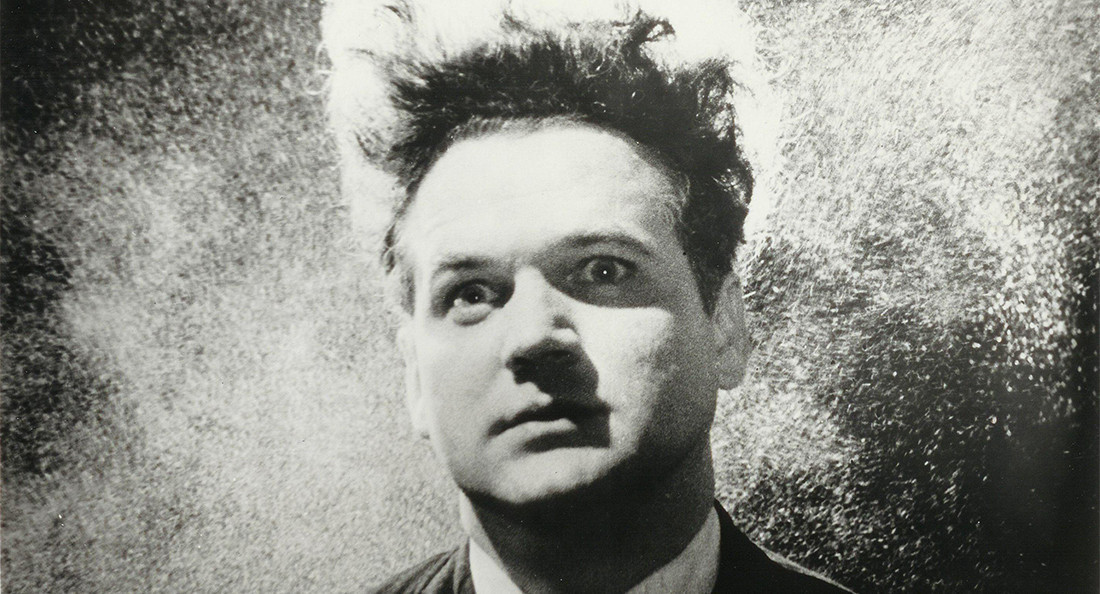Critipeg: Eraserhead
Plays Sept. 22 to 30 at Cinematheque, ★★★★☆
David Lynch’s 1977 experimental horror film Eraserhead follows the story of Henry Spencer (Jack Nance) as he navigates being a new father and raising his alien child in an uncanny neighbourhood.
This is the kind of film that’s designed to make the audience feel disturbed but captivated. It’s highly stylized, eerie and deliberately bewildering. A viewer could lean in and read into the many strange details to discern their significance, or lean out and just go along for the ride. The oddness of Eraserhead isn’t for everyone, but it’s one of those films to see at least once.
The film consists of a variety of distinct stylistic traits that contribute to an unsettling atmosphere. For one, the sound design is a huge driving force in creating the odd mood.
Despite how contradictory this may seem, the film is full of loud silences. There are moments throughout the film where beats of silence fall between intrusive gloppy, squishy, crackly, buzzy sounds. The hyperfocus on those sounds leaves the moments of silence that fall afterward extremely jarring.
This, accompanied by the offbeat cinematography, only adds to the creepiness of the tone. There’s truly an art to the timing of each shot. The camera always lingers for a little too long on a particular detail, or focuses on weird visuals with unnatural stillness. With these images, at times, being impressively grotesque, it’s impossible to look away, no matter how disgusting or unpleasant they are.
That said, this film isn’t gory in a typical horror movie sense. There aren’t many scenes of gross violence or an excess of jumpscares. It’s not an adrenaline-inducing scream-fest, but a gradual descent into a surreal, nightmarish dream.
The descent into the nightmarish is a confusing one for the audience. As the characters behave in outlandish, yet somehow totally expected ways, curiosity and intrigue keep the viewer locked into the narrative.
All in all, it’s a viewing experience that’s distinct and unique, which is one of the strongest merits of this film.
In addition to the experience itself, there comes a certain fascination with how some of the practical effects and the disturbing visuals were achieved. While it’s difficult to allot a full praise for how this was attained, it can be said that a great impact was certainly accomplished from the attention to detail. It’s impressive, to say the least.
Ultimately, this film isn’t for everyone. Film connaissors and/or those well-versed in the genre would get (and likely already have got) a great deal out of this film. But for people who take a more casual interest in movies, this film is still one to see – not to be entertained, per se, but to be pushed way out of one’s comfort zone.
Published in Volume 75, Number 03 of The Uniter (September 24, 2020)







